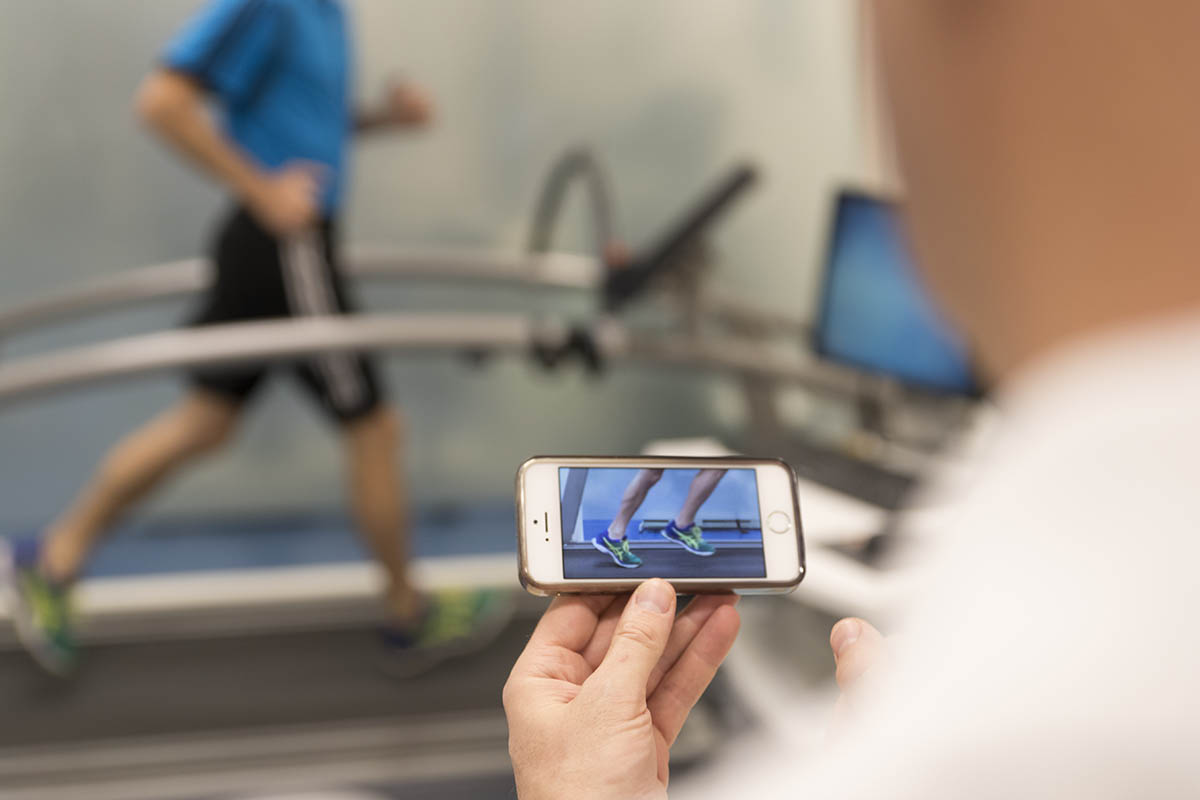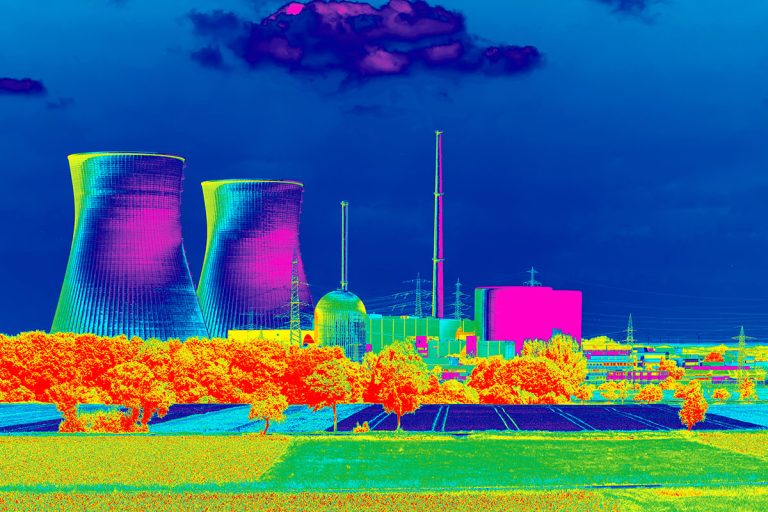How AI can help improve the accuracy of multimodal gait analysis
Using a combination of advanced sensors and AI, scientists are improving neurological disease diagnosis by studying how a person walks.
Walking—a seemingly mundane activity—is central to a medical innovation thanks to the convergence of artificial intelligence and cutting-edge sensor technology. Recent advances can be leveraged to decode the subtle nuances of human gait, offering profound insight into neurological disorders.
How we walk can reveal important information. A slow gait, for example, could indicate cognitive decline, hip pain or a heart problem. An unsteady stroll may be a sign of an ear infection or stroke. Recognizing the diagnostic potential of gait analysis, researchers at Khalifa University are pioneering groundbreaking approaches to improve its accuracy and efficacy.
“It’s clear from our paper that the domain is behind in terms of applying those more advanced techniques.”
Aamna Al Shehhi
A recent KU study shows how important gait has become as a tool for diagnosis and recovery monitoring, particularly for neurological diseases, and how under-utilized AI is in the field. The review examined 66 studies, some that used AI, and some that did not. All the studies used at least two ways to record and analyze a person’s gait, such as wearable sensors or cameras.
The team wanted to try to understand where the research gaps in this domain were, says biomedical engineer Aamna Al Shehhi.
In comparing the outcomes of these studies, the team found that combining multiple types of gait analysis data, such as signals from both the brain and muscles, provides a more complete picture of a person’s health. The researchers also learned that using a combination of types of sensors is more effective for analyzing gait patterns in patients with neurological disorders. However, the study revealed that AI-driven algorithms outperformed traditional methodologies.
Al Shehhi notes the limitations of feature extraction—the process of manually identifying and extracting relevant characteristics from gait data that are used to understand a person’s walking pattern—and dataset quality in traditional approaches. “With advanced AI models, there is huge potential to address those gaps, learn the complex relationships between different modalities and improve gait analysis accuracy,” she says. “It’s clear from our paper that the field is behind in terms of adopting those more advanced techniques.”
Armed with the findings, the researchers will work on developing even better AI models. Using KU’s state-of-the-art rehabilitation lab, which includes special headsets that detect brain signals and inertial measurement unit (IMU) sensors to detect joint movement, biomedical engineer Rateb Katmah is collecting synchronized multimodal data to build novel AI models for gait analysis. The goal, he says, is to create the most accurate models possible.
“So far, we’ve collected data from 50 healthy subjects, who are walking on the treadmill while we collect data such as brain signals, muscle activity, joint angle, and ground reaction force,” Katmah explains. “Then we will integrate all this data into the AI model to tell us whether it was a normal gait or not. And if it’s not normal, we can determine whether the gait is closer to, let’s say, the gait of Parkinson’s disease or stroke patients.”
Katmah and Al Shehhi hope this work will lead to portable smart devices that can be used to more easily and objectively conduct gait assessments and expedite diagnoses.
Reference
1- Katmah, R., Shehhi, A.A., Jelinek, H.H., Hulleck, A.A., and Khalaf, K. A Systematic Review of Gait Analysis in the Context of Multimodal Sensing Fusion and AI. IEEE Transactions on Neural Systems and Rehabilitation Engineering, vol. 31, 4189-4202, 2023. | Article




